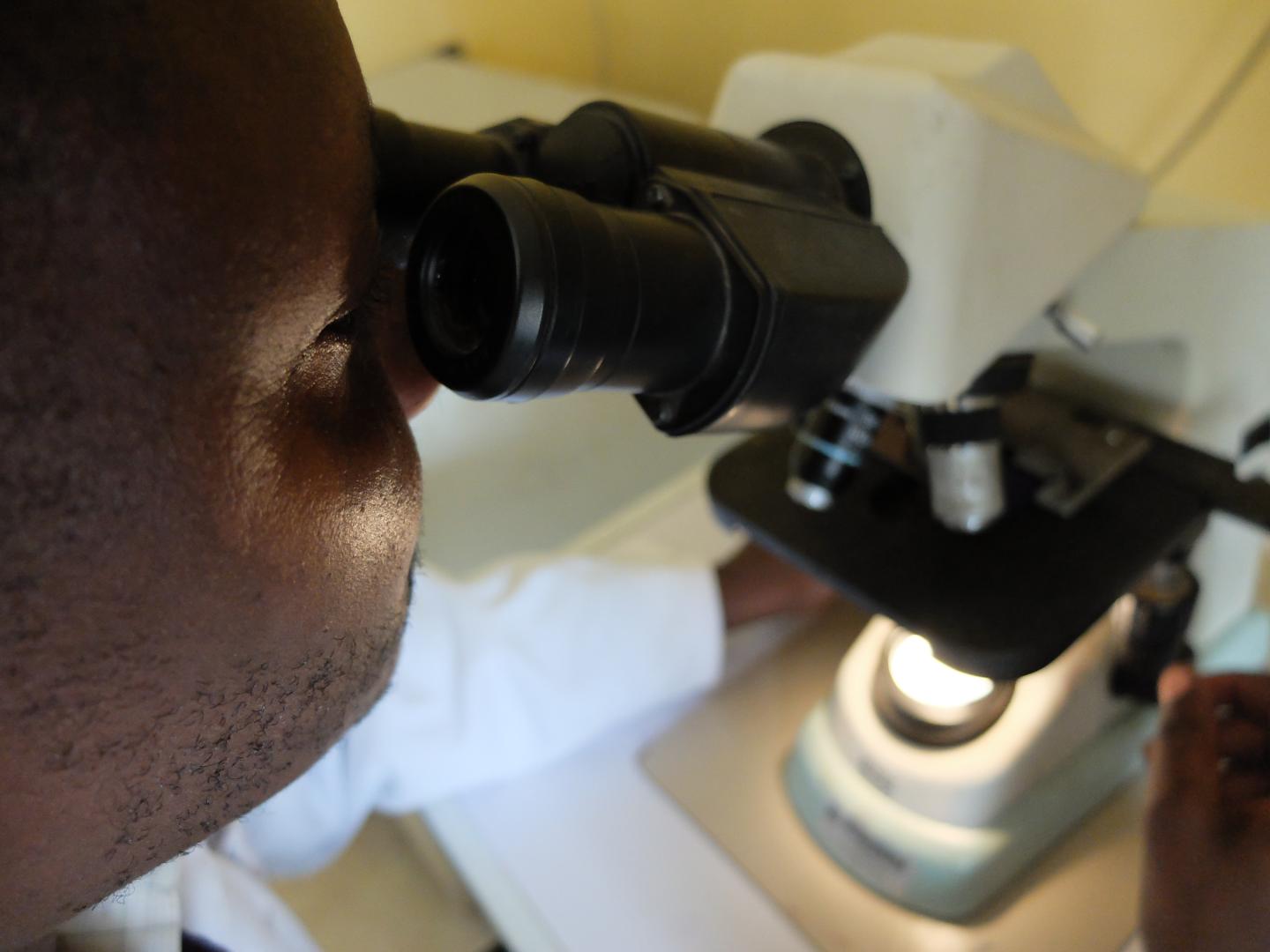1400 healthcare workers to get Ebola preparation and response training from WHO and Kenya
The World Health Organization (WHO) and Kenya’s Ministry of Health will train roughly 1,400 healthcare professionals on how to be ready for an Ebola epidemic.
In a news statement, the ministry stated that as Uganda works to control the present epidemic, the Ebola response actions are a part of continuous efforts to protect against a potential importation of the deadly Ebola virus illness into the nation.
“The training, that kicked off this week, has seen 75 health workers drawn from the national level and Nairobi County receive essential information and techniques required to deal with the disease,” said the Ministry of Health.
The agency said that the training was connected in series to the county and sub-county levels in the 20 counties most vulnerable to the importation of EVD and that the health professionals had received training on readiness and reaction.
The training session comes in response to a notice issued by the Kenyan ministry to all counties nationwide and worries expressed by Ugandan health officials over an increase in confirmed Ebola cases to 109 with 30 fatalities.
“Ebola virus disease is a severe and often fatal illness in humans caused by the Ebola virus. The virus is normally found in animals but spread from animals to human beings and occurs when there is interaction between the infected animals and healthy humans,” the statement said.
Furthermore, a recent notice sent by the Ugandan government to Kenya is in accordance with East African Community Health standards on an epidemic of the illness discovered in Ngabano hamlet of Madudu Sub County in Central Uganda.
The Ministry of Health further warned that human-to-human transmission of Ebola happens through direct or indirect contact with bodily fluids including as blood, sweat, urine, sperm, vaginal secretions, diarrhea, and vomitus from an infected individual.
As a result, the Kenyan government has advised all county governments to be watchful and increase monitoring, particularly around borders.
“Screen at risk populations including travellers, truck drivers, bush meat handlers and healthcare workers as well as sensitize the community to identify suspected cases,” the ministry urged county administrations.
Additionally, county governments have been advised to mobilize fast-reaction teams to assist with case identification and prompt reporting.
They were also asked to engage key stakeholders to start preventative, readiness, and response efforts, as well as to educate healthcare personnel on infection, prevention and control measures, case management, and sample management.





